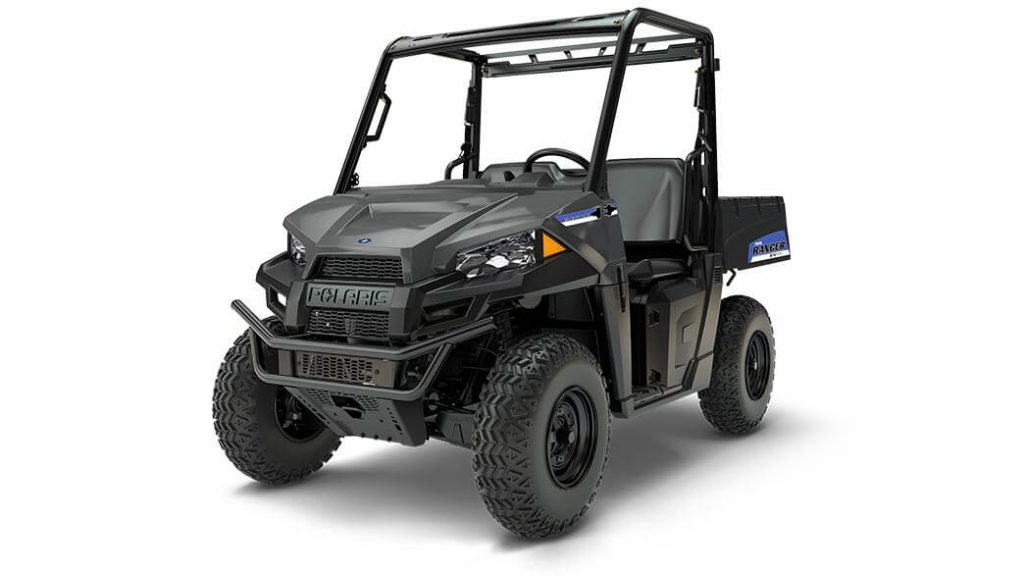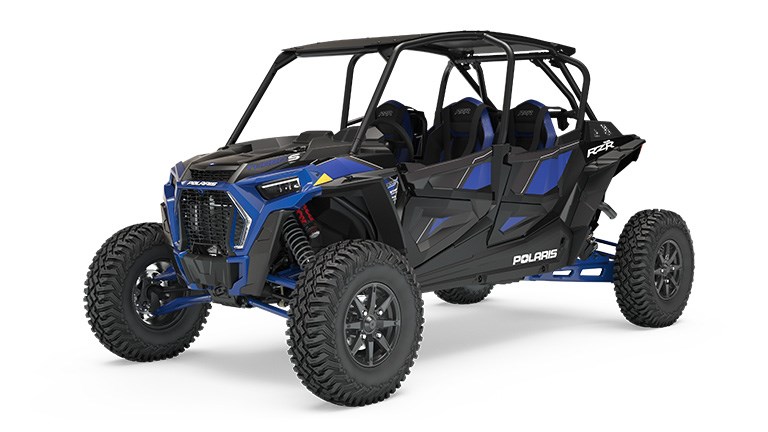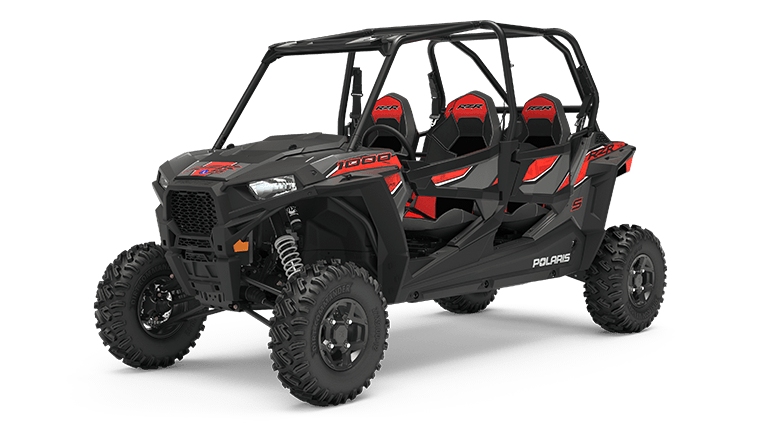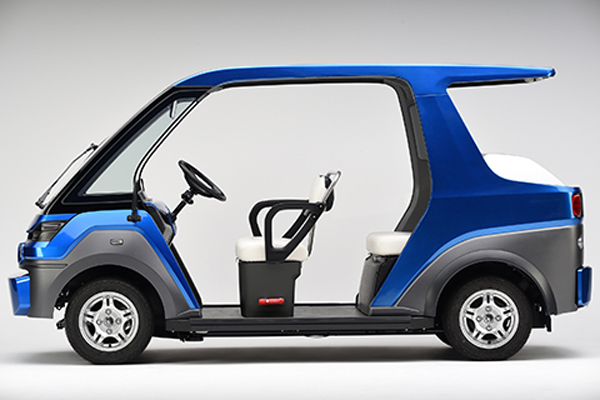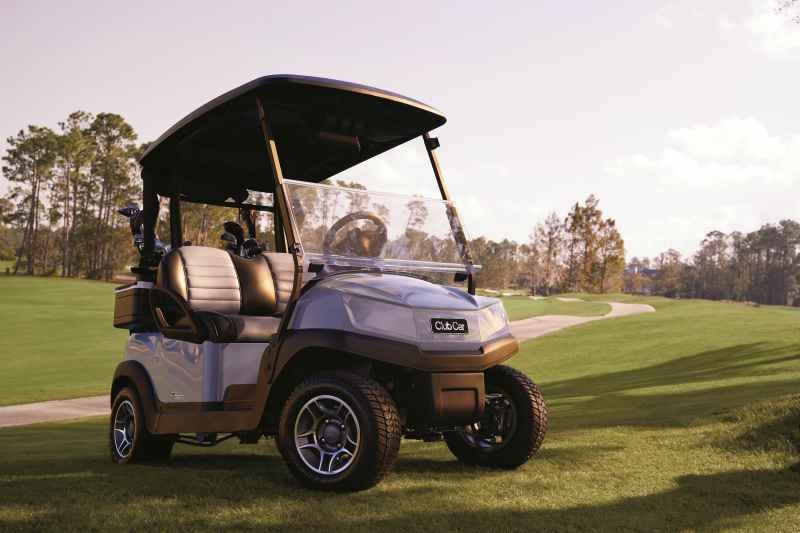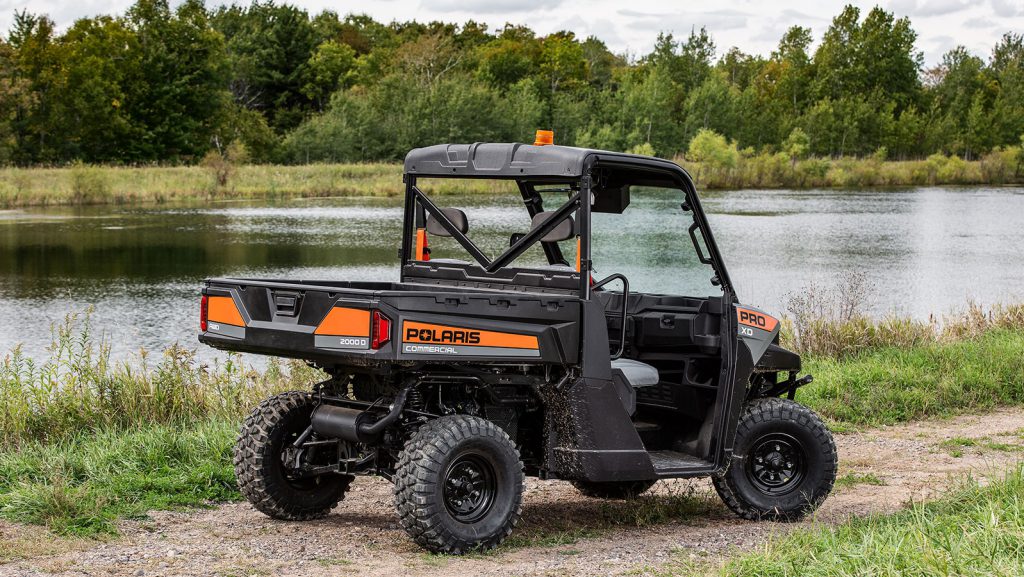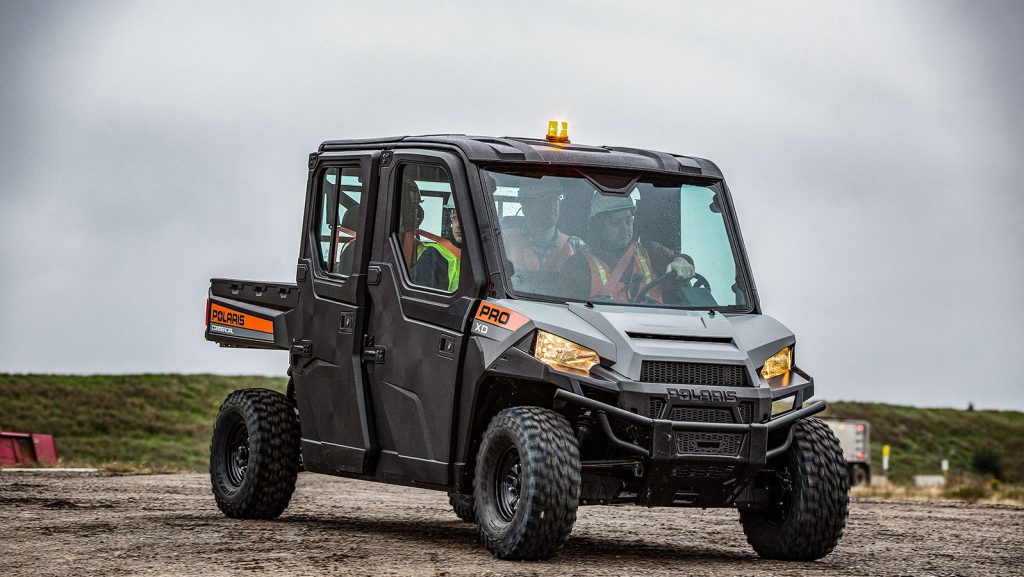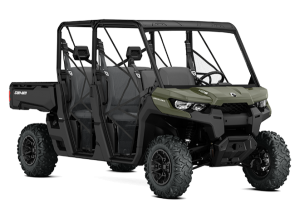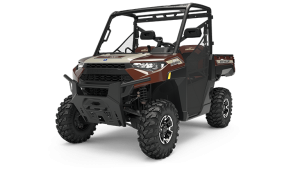
The 2019 Ranger XP 1000 EPS 20th Anniversary edition helped drive sales despite tariff concerns.
Financial Results Overview
Tariff questions dominated the Polaris Industries earnings call to discuss their Q3 financial results for fiscal year 2018. The manufacturer of the RZR, Ranger and General side-by-sides reported adjusted revenue of $1,653 million, an increase of 12% from $1,480 million from third quarter 2017. Net income increased 21% from $98 million to $118 million. (Financial figures are compared to Q3 2017 unless noted)
STOV Segments Perform Solidly
Overall ORV/Snow segment revenue increased 3% from $1,007 million to $1,036 million. Lower snowmobile revenue was more than offset by a 12% increase in ORV revenue. ORV includes UTVs and ATVs. North American (NA) retail sales, driven by side-by-side sales, increased 1% in the quarter against a tough comparable. In comparison, management estimated that industry wide NA ORV sales improved low single digits for the quarter. Polaris side-by-side market share for the quarter remained the same.
The average selling price of ORVs overall increased 5%. Management reports that the initial launch of the 2019 model year was successful with good response from consumers and dealers. In particular, the new Ranger XP 1000 variants drove sales. Furthermore, the company’s inventory management system, RFM, is producing results with the best side-by-side delivery performance to date. In addition, lower promotional costs accompanied the stronger sales. Comments on individual markets indicated that the oil and gas customer segment improved while agriculture decreased some.
Global Adjacent Markets Gain
The Global Adjacent Markets (GAM) segment made solid gains as well. Sales increased 5% from $92 to $98 million. This segment includes vehicle sales to commercial, government and defense clients in addition to Aixam quadricycle sales in Europe. In addition, the GAM segment includes vehicles like Ranger and Brutus UTVs, military RZRs, GEM electric vehicles, Taylor-Dunn industrial vehicles and Goupil electric vehicles based in France. Management reported solid sales for Goupil vehicles and strong orders from fire and police departments, and other government agencies.
ORV and GAM Drive International Growth
Sales to international markets jumped 10% with a strong showing from the ORV/Snow segment, up 9%, and the GAM segment, up 6%. Looking at sales by region, the Europe and Middle East drove overall international sales while Latin America increased only slightly and the Asia Pacific region decreased.
Full Year Guidance Improves
Polaris increased their guidance for the ORV/Snow segment. They now expect a low double digit increase in sales.The GAM segment should increase sales by low double digits, which is unchanged from previous guidance.
Tariff Impacts
Tariff impacts raised expenses by $8 million for the quarter and are expected to total $40 million for the year. The renegotiated NAFTA deal, the USMCA, is expected to have a neutral effect. However, the 301 tariffs, especially the upcoming List 3 tariffs could have more severe repercussions. Currently, the company is dealing with List 1 and List 2 tariff impacts. Polaris is at a disadvantage related to 301 List tariffs because their main competitors produce their vehicles in Mexico or assemble them in the US using Japanese parts. Therefore, these companies are not subject to the same tariffs.
Tariff Mitigation Plans
Management laid out a three pronged approach to mitigating the potential List 301 tariffs. First, they will try to negotiate with their suppliers to share some of the increased costs. Second, they may increase prices. Thirdly, they hope to lobby the current administration to obtain an exemption from the tariffs. Polaris argues that the tariffs are primarily hurting them, but they are the only US based manufacturer among the major players in the market. Furthermore, the company has been increasing their US based manufacturing. At this time, Polaris is not providing any specific quantitative guidance for tariff impacts for 2019.
Other Future Factors
For the powersports market in general, management expects that there will be a need to increase pricing to offset inflation, tariff impacts and increasing commodity and logistics costs. Furthermore, management stated, “As the industry leader, we’re not afraid to lead on price.”
The newly launched Factory Choice program, which gives the customers and dealers an opportunity to make differentiated vehicles from the factory and has been popular, gives Polaris optimism. The program should help drive sales in the future.
The dealer inventory profiles produced under the RFM program this year for side-by-sides significantly improved product availability. The increased availability bolstered sales, raising similar expectations moving forward.
Learn more: Polaris Earnings Call Transcript (Seekingalpha.com)
SVR’s Take
This was another solid quarter for Polaris. The sales increases for side-by-sides were not gangbusters at first glance, but they are being compared to a really strong third quarter in 2017. The new 2019 vehicle lineup should drive sales more fully in the fourth quarter. The GAM segment is slowly growing into a significant business and could become a $500 billion business in about two years. On a cautionary note, the tariff impacts could slow progress for Polaris, especially in contrast to fast growing and Canadian based Can-Am. Increased pricing could potentially hurt sales, although as a premium brand Polaris can pass on some pricing. The other alternative is that they will take hit to their margins and generate less income.
